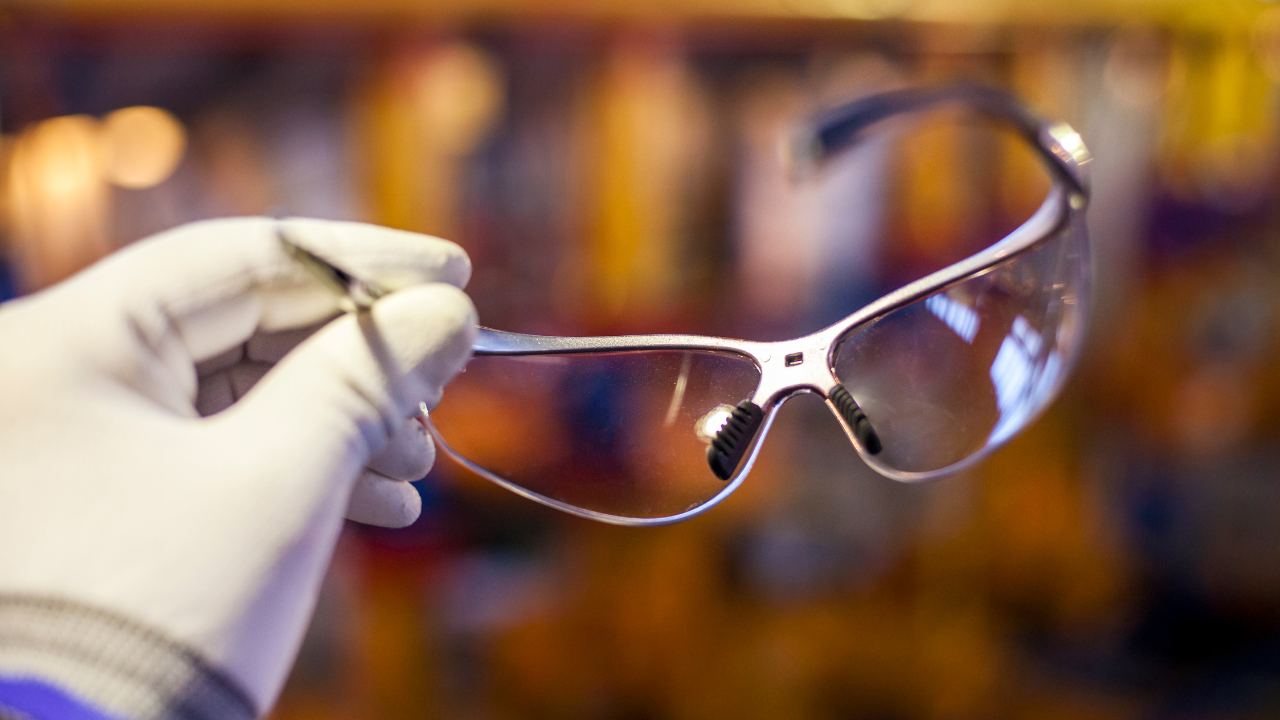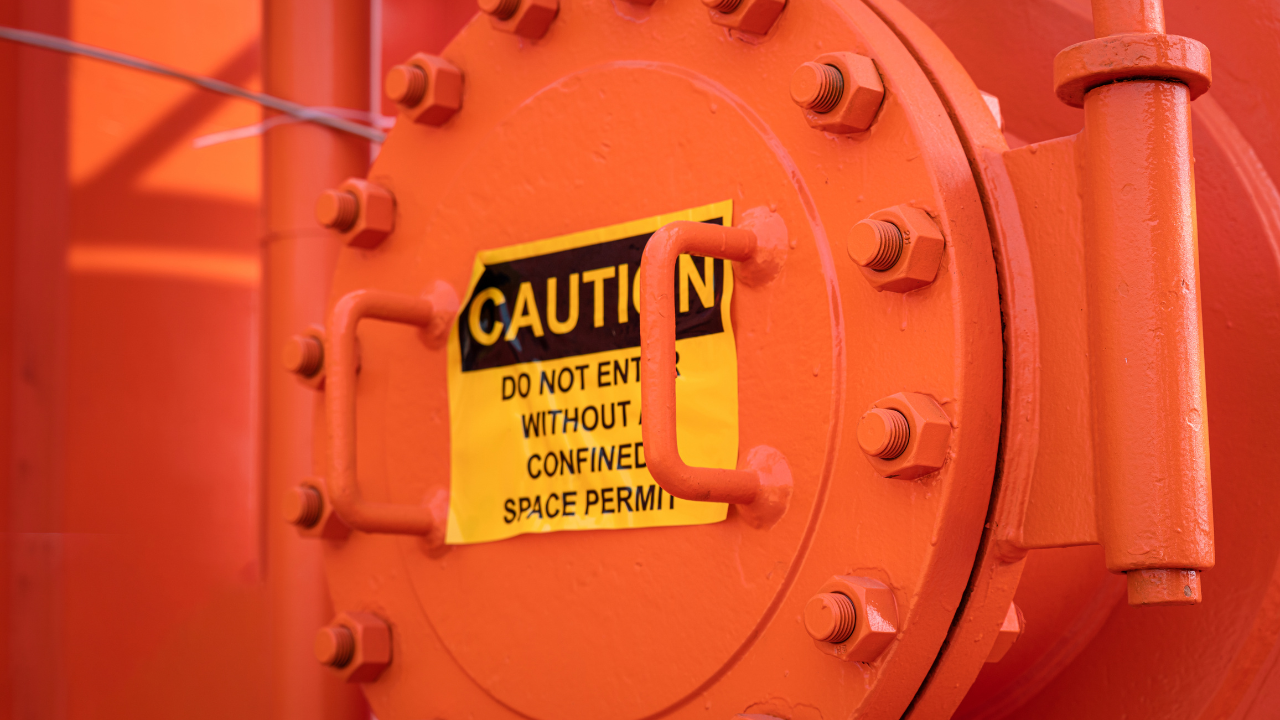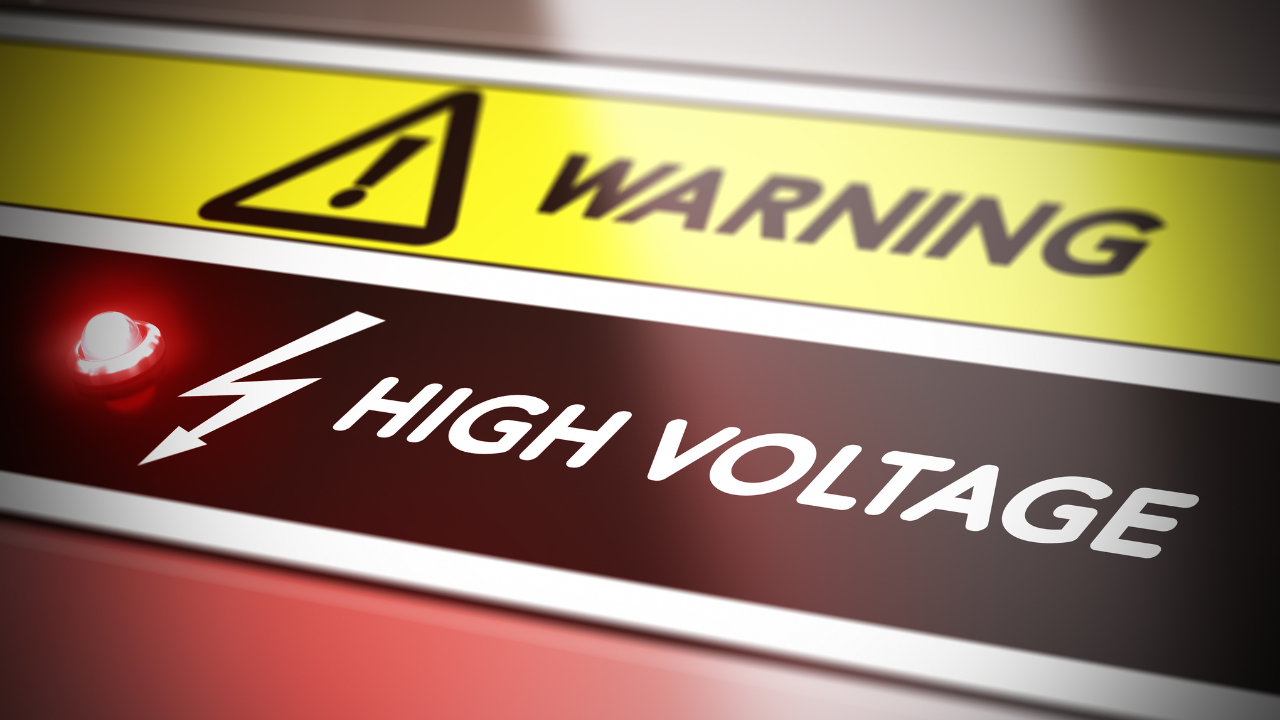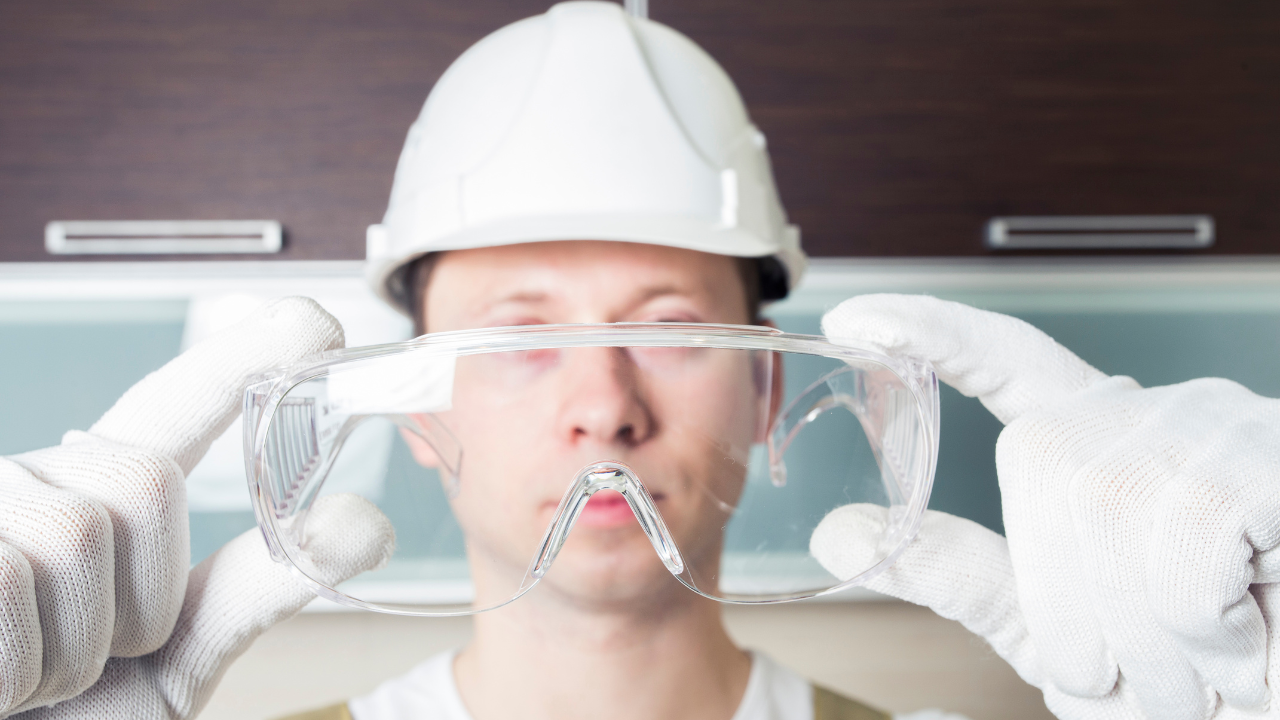Engineers Need a Nap
Christopher Lindholst, MetroNaps
The overwhelming majority of industrial accidents result from human error. Engineers who sleep less than eight hours per night are less productive and almost 10 percent more likely to cause an accident, and many don’t get enough sleep. The solution: engineers need a nap.
Engineers can be heroically dedicated to their work, like the group that banded together for a marathon brainstorming session to figure out how to save the Apollo 13 crew. Or, in more modern times, the army of engineers who are battling sleep deprivation to upgrade the Large Hadron Collider (LHC) at CERN. But while desperate times call for desperate measures, daily operations require a well-rested workforce.
Research shows that fatigued, distracted employees are at a significantly higher risk of being involved in an accident. Eighty of every 100 workplace accidents are attributed to the person who is injured. The American Society of Civil Engineers published a 2009 study entitled, “Sleep Deprivation and Its Consequences in Construction Workers,” that showed employees at construction sites who sleep less than eight hours per night have a nine percent increase in accident risk.
“A Harvard University research study estimated that sleep deprivation costs the U.S. economy $63.2 billion in lost productivity annually”
Accidents are the most serious issue, but productivity suffers when engineers and other employees don’t get enough sleep. The bad news is, most aren’t getting the rest they need. The National Sleep Foundation reports that almost half of the employees surveyed said insufficient sleep at night affects their daily activities. Most people don’t get the recommended seven to nine hours of rest the majority of adults need.
The good news is, there’s a simple solution. A quick daytime nap of up to 20 minutes can help mitigate insufficient nighttime sleep and ramp up engineer and employee productivity. However, before that can happen, workplaces need to overcome the stigma of sleeping on the job.
Getting caught nodding off at work in the past was embarrassing at best and a firing offense at worst. But, the world has changed. People are suffering from information overload. They work longer hours and sleep less. The ability to take a guilt-free nap on company time is a workplace perk that not only improves employee morale, but helps teams be more effective.
There’s scientific evidence behind the new workplace napping trend. Multiple studies show that even a short nap of 10 minutes or less improves brain function, enhances concentration and creativity, and even reduces the risk of chronic disease. Here are four benefits of a short rest policy at work:
IMPROVES ALERTNESS
A U.S. Department of Veterans Affairs study conducted at the Northport VA Medical Center in New York found that short rest sessions improved cognitive functioning and alertness, resulting in a 30 percent decline in attention failures from the baseline measure. This is especially significant in environments focused on safety — frequently the type of environment in which engineers work. Short rest can improve focus by 30 percent, which, in turn, improves adherence to safety regulations.
INCREASES PRODUCTIVITY
Tired employees typically perform at suboptimal levels. A Harvard University research study estimated that sleep deprivation costs the U.S. economy $63.2 billion in lost productivity annually. A restorative nap can keep engineers and other employees working at desired productivity levels for longer periods of time.
ENHANCES WELL-BEING
Employees who are more satisfied are more productive. Research conducted by Hiroshima University’s Department of Behavioral Sciences shows that naps improve employees’ confidence when performing tasks. The study also showed short rest can mitigate the type of stress fatigue that often occurs in fast-paced production environments. Allowing engineers and other employees to nap helps them cope with overload and stress.
HEIGHTENS LEARNING
Engineering is a profession that often requires ongoing learning, and well rested engineers are better equipped to learn new best practices and professional standards. A University of Düsseldorf study found that even short naps heighten knowledge retention, which allows employees to perform current tasks more effectively and learn to operate new tools, systems and technologies.
In addition to improving the ability to stay alert, productivity and readiness to learn, short-term rest on the job generally improves morale, making interactions between coworkers more pleasant and productive, and even improving customer relationships. It has a trickle-down effect across the job site.
Workplace napping became a trend when it was adopted by start-ups looking for ways to keep employees with difficult to find skills focused and satisfied with their jobs. But while it might have begun as a start-up perk, short rest solutions have grown into a worldwide workplace phenomenon.
Some of the most well-known corporations now encourage napping, including Google, HuffPost (formerly The Huffington Post), Salesforce, Uber, Zappos, Capital One Labs, Ben & Jerry’s and PwC. Other organizations have gone even further, providing napping pods for employees, including NASA, Cisco and Procter & Gamble.
Napping pods, with specially designed ergonomics, timed waking and privacy visors, make it easy for employees to take a catnap on the job and get the benefits short rest provides. Managers who are thinking about ways they can boost their engineers’ workplace safety, productivity, knowledge retention and well-being should wake up to the benefits of a short nap.

Christopher Lindholst
Christopher Lindholst is CEO and Co-Founder of MetroNaps. A pioneer in corporate fatigue management solutions since 2003, Christopher has built a client base and established partnerships on four continents. An avid napper, having amassed nearly 5,000 naps over his 13-year sleep career, Christopher takes a 14-minute nap every workday afternoon. www.metronaps.com
Related Articles

All About Eye Protection

Arc Flash/Arc Blast Review with Safety Suggestions for Design & Maintenance

CSA Launches First Confined Spaces Standard in Canada

Do You Need NFPA 70E?

Electrical Hazards

Eye Injuries are a Serious Threat to American Workers




